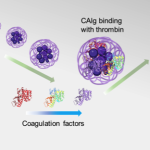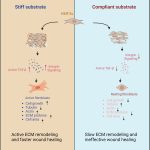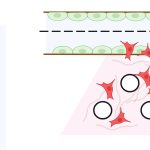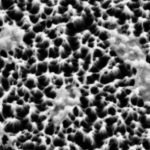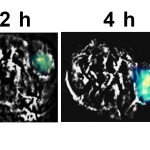
Tissue engineering focuses on tissue and organ regeneration by creating scaffolds using biomaterials called bioinks. Bioinks comprise of cultured cells and biocompatible materials like a hydrogel, and are specific to the tissue being transplanted. The scaffolds are 3D printed, maintaining structural and functional compatibility with human tissues ranging from soft tissues to bone.
In the past, digital light processing (DLP)-based 3D bioprinting has been attempted where UV light selectively crosslinks the macromolecules to generate the scaffold. However, UV light is known to cause DNA damage in the cells during printing. Kaushik Chatterjee, Associate Professor at the Department of Materials Engineering, and his team addressed this issue by using visible blue light radiation (405 nm) instead of UV. This new technique shows promise in building tissue scaffolds that mimic the tissue microenvironment structurally and functionally.
In one study, they successfully prepared bioprinted silk fibroin scaffolds for bone tissue regeneration. In another, they carried out experiments with k-carrageenan, a naturally occurring polysaccharide resembling essential components of connective tissues, and demonstrated that it could be used as a component in bioinks for soft tissues.
With input from authors

